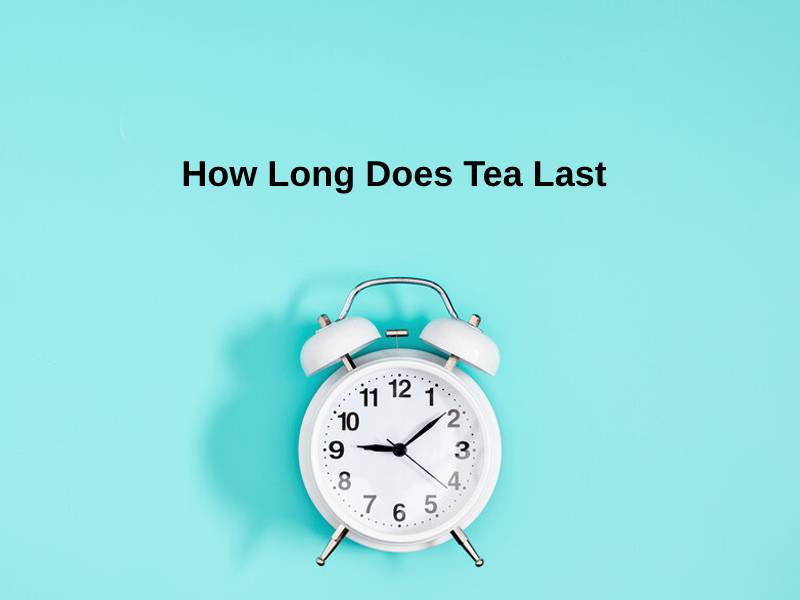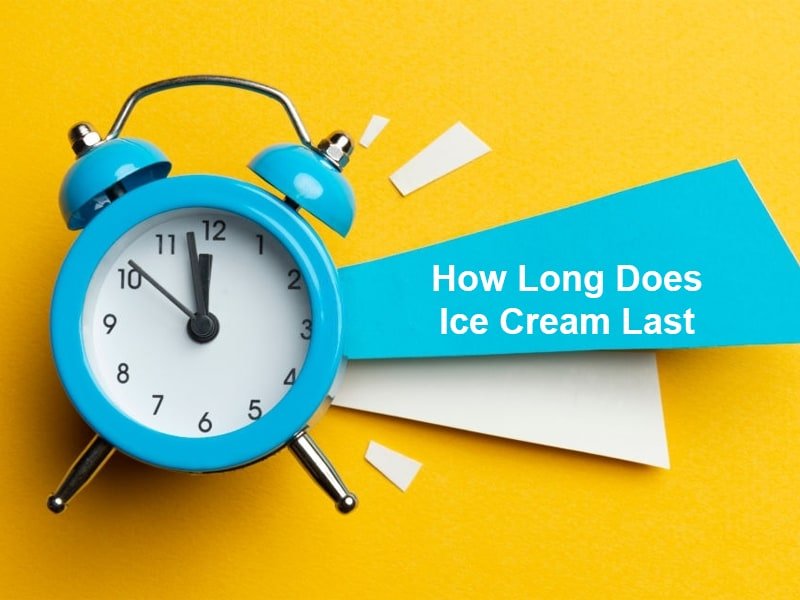Exact Answer: Maximum Two Days
Butter has become an essential item in human life. Butter is a food product that is derived when milk or cream is churned. The outcome of the churning is the delicious butter. There are two varieties of butter, one is salted butter, and the other is unsalted one.
The shelf life of both types of butter varies. The way butter is stored becomes the main reason for the extension of shelf life, or the shelf life becomes less. There are various methods of storing butter. People store it in the fridge or a freezer. But some people like the texture of melted butter and hence keep it out on the counter.

How Long Can You Leave Butter Out?
Leaving butter out is an option that many people prefer, mainly because butter is in a semi-melted stage. Hence, it becomes easier to spread butter on bread or directly consume it with different options.
However, letting butter sit out can considerably lower the time for which butter is edible. It is because of the chemical reaction that happens in butter because it is kept at room temperature. When butter is kept out on the counter, it will be edible only for a maximum of two days. After which, it is not recommended to consume butter.
There are other storing methods like refrigerating butter that can help to increase the shelf life. Besides, the time for which butter can be kept out also depends on the fact that it is salted butter or unsalted butter. Salted butter is known to remain edible for a long period as compared to unsalted one.
Butter that is just left on the counter will spoil faster if it is in contact with direct sunlight for a long duration of time. But if butter is kept in an air-tight container and is kept away from direct sunlight, it can extend the shelf life of butter at room temperature by a day or two.
| Way of storage | Shelf Life |
| Salted Butter at room temperature | Two to three days |
| Unsalted butter at room temperature | One to two days |
| Butter in refrigerator | One to three months |
| Butter in a freezer | Six to eight months |
Why Can You Leave Butter Out For So Long?
Butter is a food product and is bound to spoil. Given that it is a dairy product adds to the chances of the butter spoiling due to the high-fat content. Even though, butter has a better shelf life than other dairy products.
There can a lot of reasons behind the butter being edible only for one to two days when kept out. The reasons are as below:
- The main factor is the chemical reaction that increases when the butter is in contact with air. When the butter is kept out, the bacteria and microbes in butter grow faster thus, spoiling the butter within a day or two.
- The other factor is the saltiness of the butter. It is a fact that bacteria find it hard to grow in a colder or watery environment. When the butter is salted, the water content is more in the butter, and hence when the salted butter is left out on the counter spoilers slower as compared to the unsalted butter.
- Butter tends to spoil faster when it is not stored in an air-tight container. It makes way for more bacterial growth in the butter that eventually makes the butter spoil faster.
- The high-fat content means that butter can go rancid soon. When it is kept out, the chances of butter going rancid increase further. Once it goes rancid, it is unfit for consumption.
Conclusion
Since butter is an essential food commodity that is used daily, it is necessary to store it properly to increase the shelf life of the butter. Though room temperature butter is preferred for consumption and also for cooking, it should not be kept at room temperature in bulk quantities.
However, if the room temperature can be adjusted, and kept at a lower degree, the butter can be kept out even for two to three weeks. It can happen only when it is stored in a clean container.




















